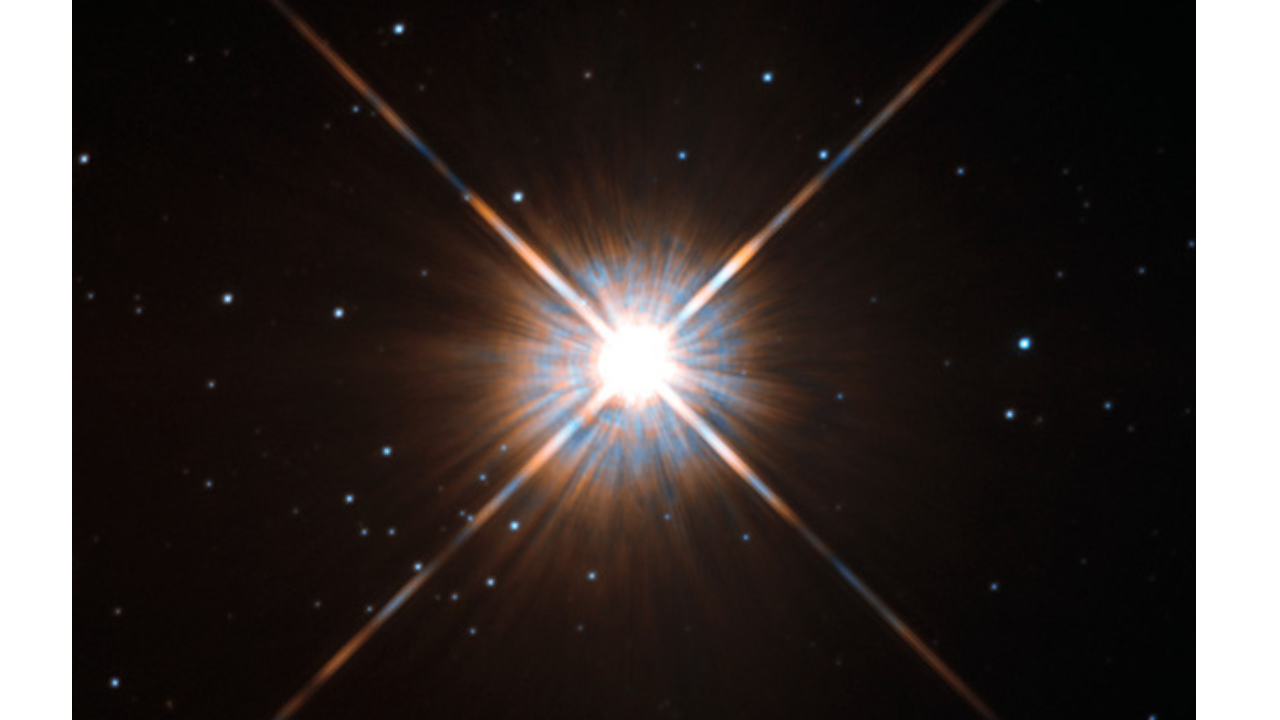At first, they hesitated. People walked past the Planet Walk installation at Victoria Park in Kitchener, curious but unsure. But then came the children—eyes wide, parents in tow—drawn not just by the colorful picture of our solar system laid out along the path, but by a mystery: the evolution of the universe.
That’s when the magic began.
It always amazes me how children break the ice. One of the first questions I got was about black holes. “Is that the thing that sucks you in?” a small voice asked with excitement. Yes, I smiled, and we talked about the invisible giants that bend space and time.
Cosmology is a tough subject for public engagement—not because people aren’t interested, but because of the numbers. We speak of unimaginably small things like Planck time (a trillionth of a trillionth of a trillionth of a second), and unimaginably large things, like the 13.8 billion-year age of the universe. How do you bring such abstract extremes into focus?
I used cake. A picture of a birthday cake set against a backdrop of galaxies. “How many candles should I put on this cake for the universe’s birthday?” I asked. Guesses ranged from 1000s to a million. When I said the correct answer—almost 14 billion—they gasped. One child looked alarmed. “That’s a lot to blow out!” And maybe, just maybe, the next time they blow out their own birthday candles, they’ll remember how lucky they are it’s not 14 billion.
As I explained the evolution of the cosmos, I told them a secret: almost everything happened in the first three minutes. That’s when matter formed, atoms came together, and the laws of physics as we know them clicked into place. After that, it’s been mostly gravity’s job—pulling matter into stars, stars into galaxies, and galaxies into breathtaking clusters.
As we arrived at the part of the timeline when our solar system—and eventually Earth—was born, I held up a picture of dinosaurs. Instantly, the children’s eyes lit up. There’s something universally captivating about these ancient creatures. For many, especially the younger ones, dinosaurs seem like the oldest beings to have ever walked our planet. And perhaps that’s because we’ve learned so much about them—they’re tangible, visual, part of every childhood book or toy box. In fact, I often find that people know far more about dinosaurs than they do about the origins of the universe. It’s always a powerful moment when they realize that our planet is unimaginably older than even the oldest dinosaur bones.
And then, there’s the question I often get: “Did God create the universe?” I never quite know how to answer. I don’t see my role as questioning the beliefs of others. I’m a physicist. When I calculate the dynamics of the early cosmos, I don’t imagine what the Creator was thinking. I imagine the particles, the fields, the equations. I wonder what they can tell us—what story they want to share. Science doesn’t disprove wonder. It invites us into it.
After the event, I followed the Planet Walk beyond the edges of our solar system. I stepped past Neptune, drifted beyond the Kuiper Belt, and imagined myself crossing into interstellar space. The ground beneath my feet disappeared in thought. I was floating, weightless, chasing the faint glow of Proxima Centauri—the nearest star, a mere 4.2 light-years away, if only I could walk at the speed of light.
And then, somewhere between dreams and reality, I arrived at a café—on a lonely asteroid, maybe, orbiting in the quiet dark. I ordered a coffee from a barista who might have been made of stardust. I sat by the window, watching galaxies collide in slow motion outside.
Until I blinked. The galaxies faded. The hiss of the espresso machine brought me back. I was, in fact, sitting in a real café on Earth, in Waterloo, Canada. My coffee was warm in my hands. But the wonder didn’t fade. I smiled, still immersed in the thought that even here, neutrinos are constantly streaming through my body, and if dark matter is made of particles, one might have brushed by as I stirred in the cream.
This is the gift of being a cosmologist: to live between equations and imagination. I study primordial black holes as candidates for dark matter, but sometimes the greatest discovery is how science keeps us dreaming. I finished my coffee and returned to my desk, ready to keep exploring. After all, in just one hour of the soapbox event, countless stars were born and died, and galaxies danced in cosmic collisions.
This is the beauty of science—it makes you a dreamer.
And at Perimeter Institute, we are explorers.
Encieh Erfani is a cosmologist at Perimeter Institute for Theoretical Physics. To learn more about Soapbox Science, visit http://soapboxscience.org/
About PI
Perimeter Institute is the world’s largest research hub devoted to theoretical physics. The independent Institute was founded in 1999 to foster breakthroughs in the fundamental understanding of our universe, from the smallest particles to the entire cosmos. Research at Perimeter is motivated by the understanding that fundamental science advances human knowledge and catalyzes innovation, and that today’s theoretical physics is tomorrow’s technology. Located in the Region of Waterloo, the not-for-profit Institute is a unique public-private endeavour, including the Governments of Ontario and Canada, that enables cutting-edge research, trains the next generation of scientific pioneers, and shares the power of physics through award-winning educational outreach and public engagement.


